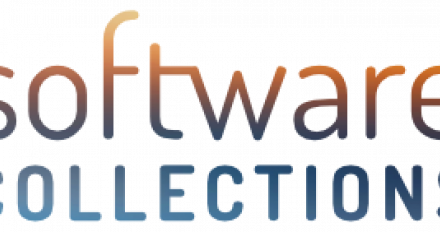
Database Docker images - now beta via Software Collections





Scott Merrill does an awesome job describing his experiences with the Red Hat Software Collection for Ruby.




This week heralded the announcement of Red Hat Enterprise Linux Server for ARM Development Preview 7.1, the next milestone in Red Hat's exploring the potential for ARM servers.








DNS is a distributed database that is capable of storing different types of data, not only IP addresses, in which the domain owner can publish various domain specific data.







